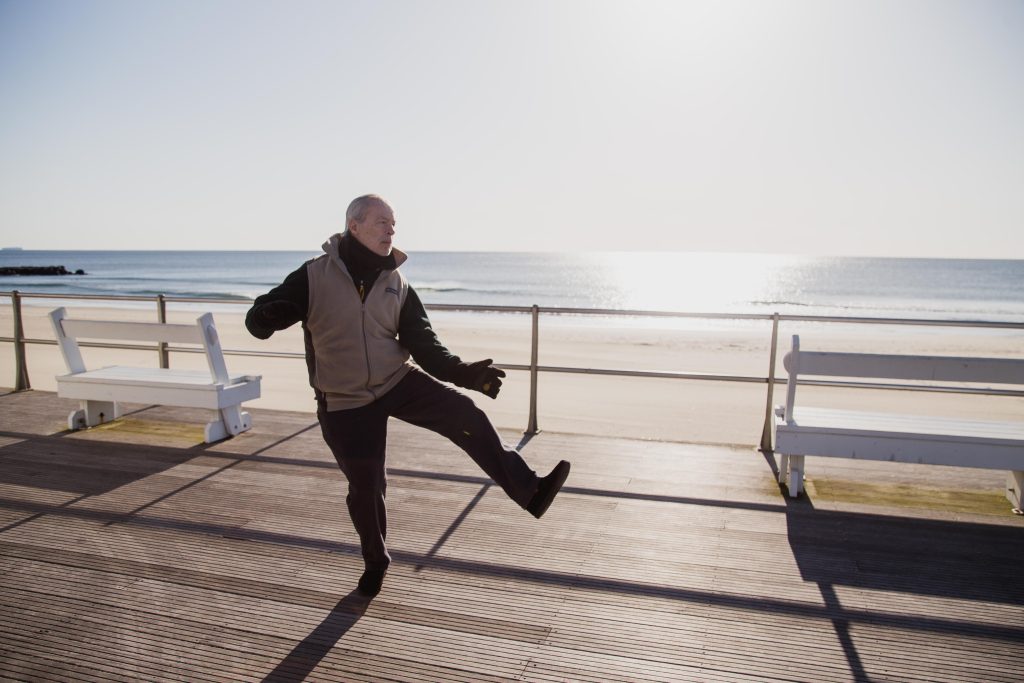
Several Empty Step students came to tai chi from ballet. One student in particular, a dancer with long experience in ballet and modern, shared with us the ballet terminology that would be used to describe tai chi postures. An example was port de bras, or “carriage of the arms”, prominent in White Crane Spreads Wings, Wave Hands Like Fan, and Single Whip.
Below we see the tai chi Snake Creeps Down alongside a similar ballet position.
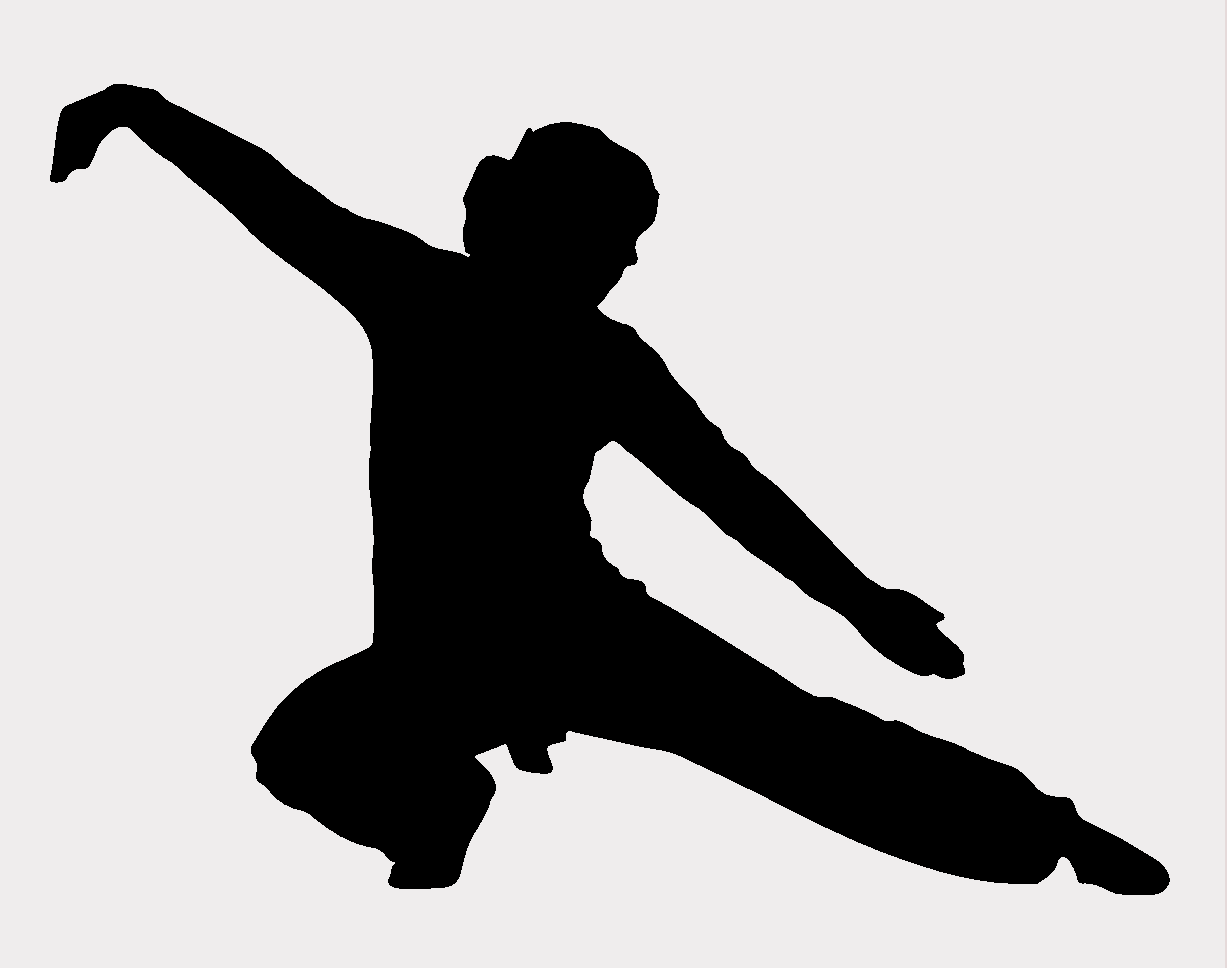
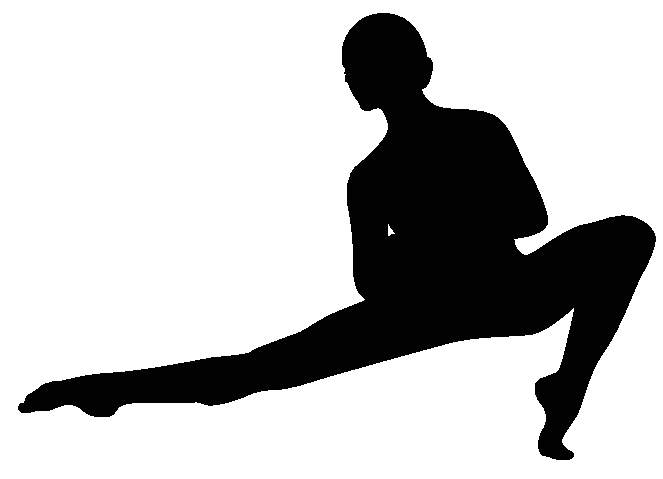
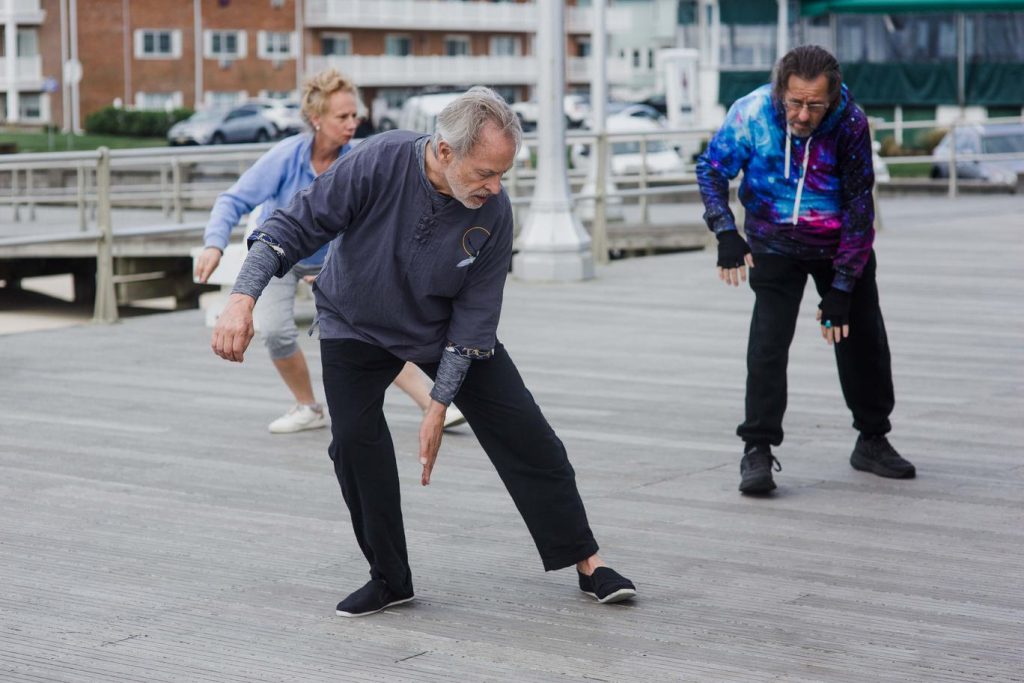
Our dancer went so far as to say that she found it challenging to do tai chi because it was so close to ballet in many ways. Her muscle memory kept pulling her into ballet.
Well, if we cannot beat them, we join them. Below we detail how various ballet terms might translate to principles from the tai chi classics. Groupings and ballet terminology are provided by ChatGPT. We welcome feedback and additions.
Alignment & Posture
Épaulement, or “Shouldering”
In ballet, the use of the shoulders and head in relation to the body
In tai chi the head is held erect, with the chin slightly down and the crown held high. The head is almost always directed square to the shoulders. An exception is the shoulder strike, where the head is angled 45 degrees towards the striking shoulder. A straight neck is a stronger neck, and the chin is a vulnerability to be tucked between the shoulders for protection.
Port de bras – “Carriage of the arms”
Originally, Master Chen used the metaphor of children’s water wings, used as training wheels for swimming, to encourage students to create a small space under the arms by lifting them gently, liberating blood and nerve signal flow.
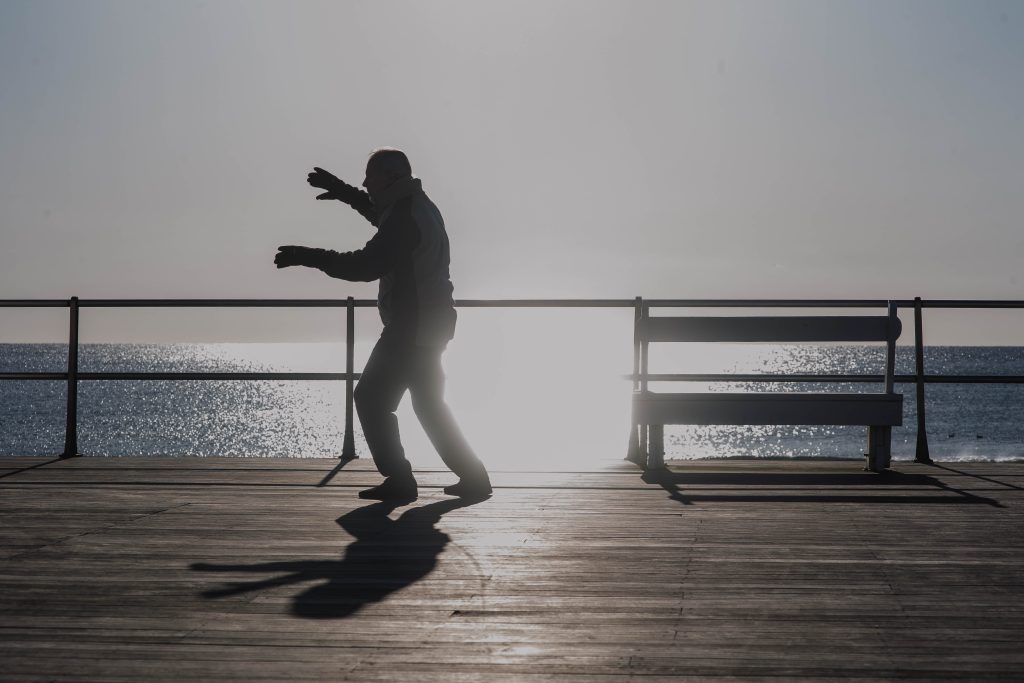
In the latest Zoom classes, the water wings hint became a primary postural injunction, and the gentle lift became a pronounced elevation of the arms in every movement. Needle At Sea Bottom got extra emphasis here.
Aplomb – Stability, proper balance and alignment
The foundation of tai chi postures:
- stability of each foot from “three nails” and “two arches”;
- stability from squeezing pressure of inner thigh, which creates a secure connection from foot to knee to hip and waist, aka the lower two “butts”;
- a horizontally balanced 80-20 stance preserved in movement by precise stepping;
- alignment of base/waist with straight back, straight neck, elevated head, and tucked chin;
- further alignment of the other two “butts” in the shoulder blades with the elbows and first two knuckles of each hand;
- vertical balance from elevated arms. (See port de bras above.)

Control & Precision Terms
Placement – Proper positioning of the body
In tai chi, every step of every movement specifies footwork and hand position. This strict positioning will not be apparent to the observer, partly because the final mastery of learning the form is to hide any effort.
Articulation – Refinement of movement through joint and muscle control
Master Chen says “no moves; just change shape”. Or “no independent movement of one limb”. The ideal is no discernible joint or muscle control, though they are there, through long practice and muscle memory. To the experience practitioner, the mind simply directs a shape change.
In class, Master Chen might say “you are thinking about your foot”, meaning the connection of intent to movement has not been made unconscious.
Suspension — A moment of lift or breath within a movement
IIn tai chi, the relaxed “yin” moments when we “all asleep” or “take the mind off”, always preceding a “yang” energizing strike or block.
Fluidité – Smoothness and grace in transitions
From Tai Chi Chuan Treatise, attributed to Wang Zongyue:
“Once in motion, every part of the body must be light and agile, connected and continuous. The energy (jin) is rooted in the feet, issued through the legs, directed by the waist, and expressed through the fingers. From the feet to the legs to the waist, it must be completely integrated, and one unified energy. When moving, it is like drawing silk, and the motion should be continuous, like a great river flowing unceasingly.”
The emphasis “in transitions” reminds me specifically of the tai chi principle of not breaking our flow at the end of a movement. Rather, we reach the end and continue seamlessy, just as the second reaches 12 on the dial but continues uninterrupted.
The empty step also serves to preserve unbroken continuity. If we fall into a step, the flow breaks.
Movement Execution Terms
Adagio – Slow, controlled movements requiring balance and strength
Every empty step in the tai chi form. We need strength to hold controlled positions throughout slowly executed, long steps that preserve shoulder width.
Allongé – Elongated or extended movement
Many tai chi movements end with a long, graceful gesture in which we bask in the power and extension: single whip, white crane spreads wings, slant flying, crossing…
Ballon – The quality of lightness and effortless jump elevation
See “Allonge”. Movements should all appear as effortless.
Fondu — “Melted,” a controlled lowering movement
In tai chi, the best example would be Snake Creeps Down with its pronounced lowering as we simulate the snake slithering down a tree. Lesser examples appear in the empty steps completing the Ward Off and Single Whip movements.
Mind-Body Awareness
Sensibilité – Sensitivity to movement dynamics
This applies to every movement in tai chi.
The so-called proprioceptive nervous system lets us feel our own muscles and joint movement. In tai chi, we mindfully focus on that feedback throughout the form, thus cultivating heightened awareness of our movement. Where we sense awkwardness, we adjust to move more efficiently. We thus move more gracefully, with less stress on the body.
To observers, we seem to move effortlessly, and we do, after months of practice to develop the strength, balance, and inner awareness required.
Énergie – Directing energy flow through movement
Every tai chi movement passes through one or more cycles of emptying and filling, falling asleep and waking up, manifesting the fundamental qualities of yin and yang. Again, these elements of tai chi stimulate us and inspire observers.
Specifically, one of Master Chen’s innovations is to use the hands to trigger energy changes, by energizing alternately the pinky and index fingers.
Connexion – Awareness of movement relationships (e.g., upper body vs. lower body)
In tai chi we strive to move as one. Imagine a collapsible umbrella that can fit in a briefcase, and how its dozens of spokes fold and extend as one when we slide the one controlling cylinder out. Or imagine the hundreds of branches of a willow tree in a gale, moving as one, even as they move differently.
The martial application is cultivating a single, explosive “ja jing” strike or block using all the muscles and limbs as one.
Intent – Purposeful execution of a step
The tai chi form includes dozens of “empty steps”, each executed precisely to avoid over committing to the step. The form is a highly stylized fight with an imaginary opponent, and we step to attack or retreat, but we want the option of not stepping should our opponent surprise us with their own tactic. The empty step first extends the foot without weight, leaving us the option of not stepping, or continuing with force.